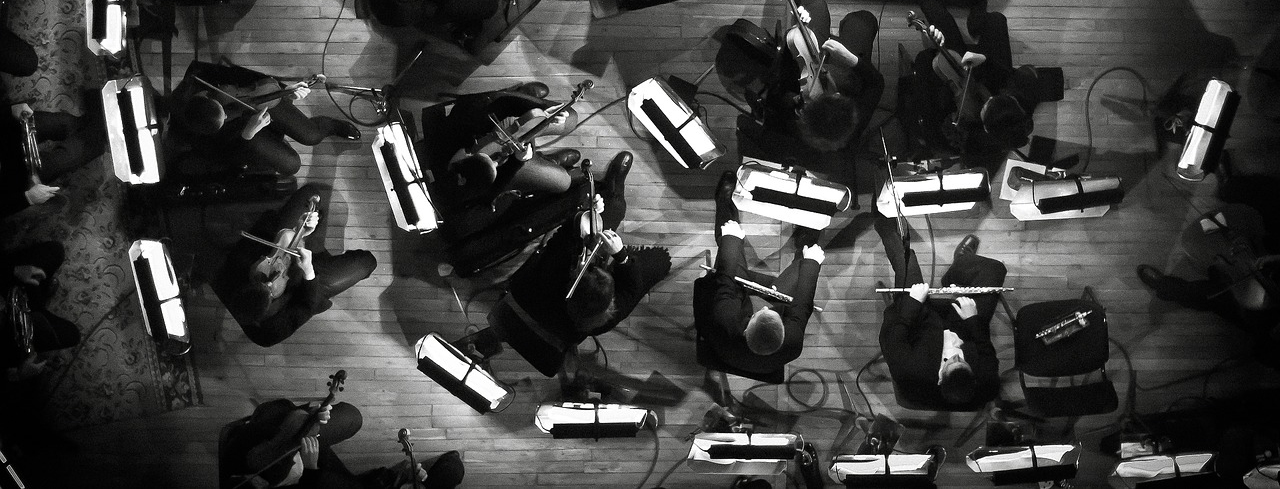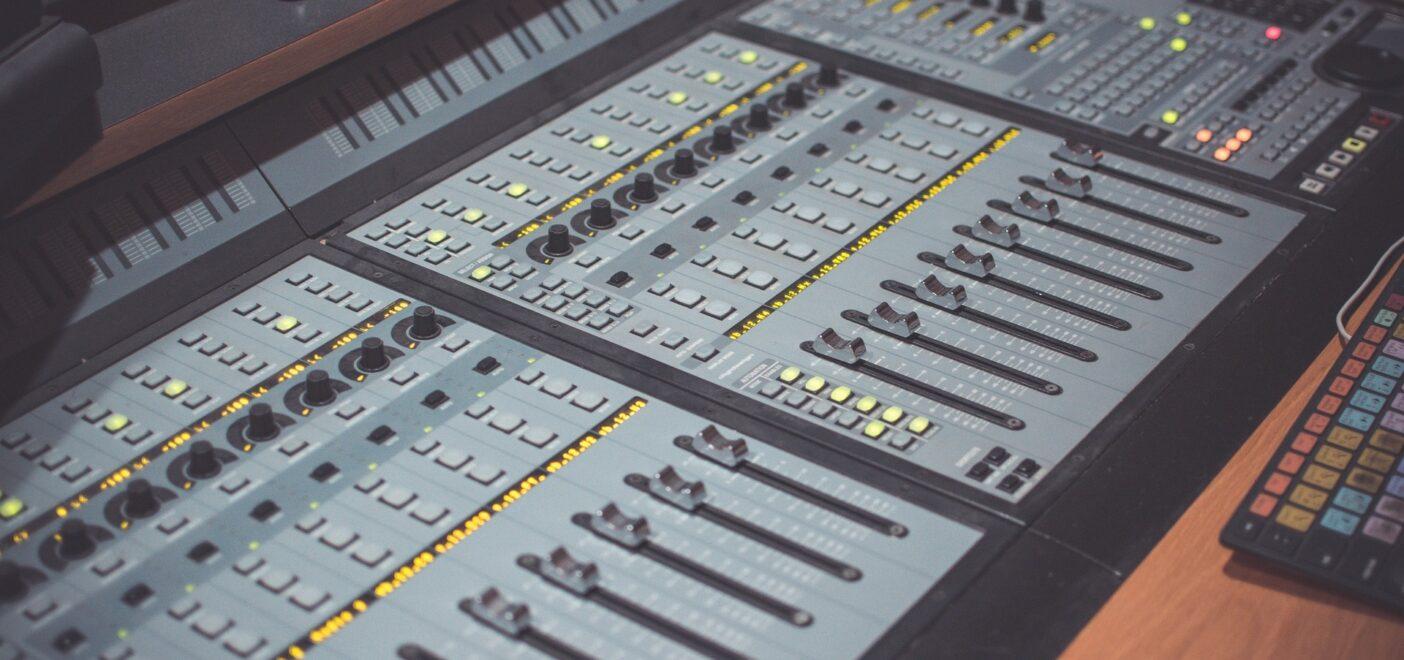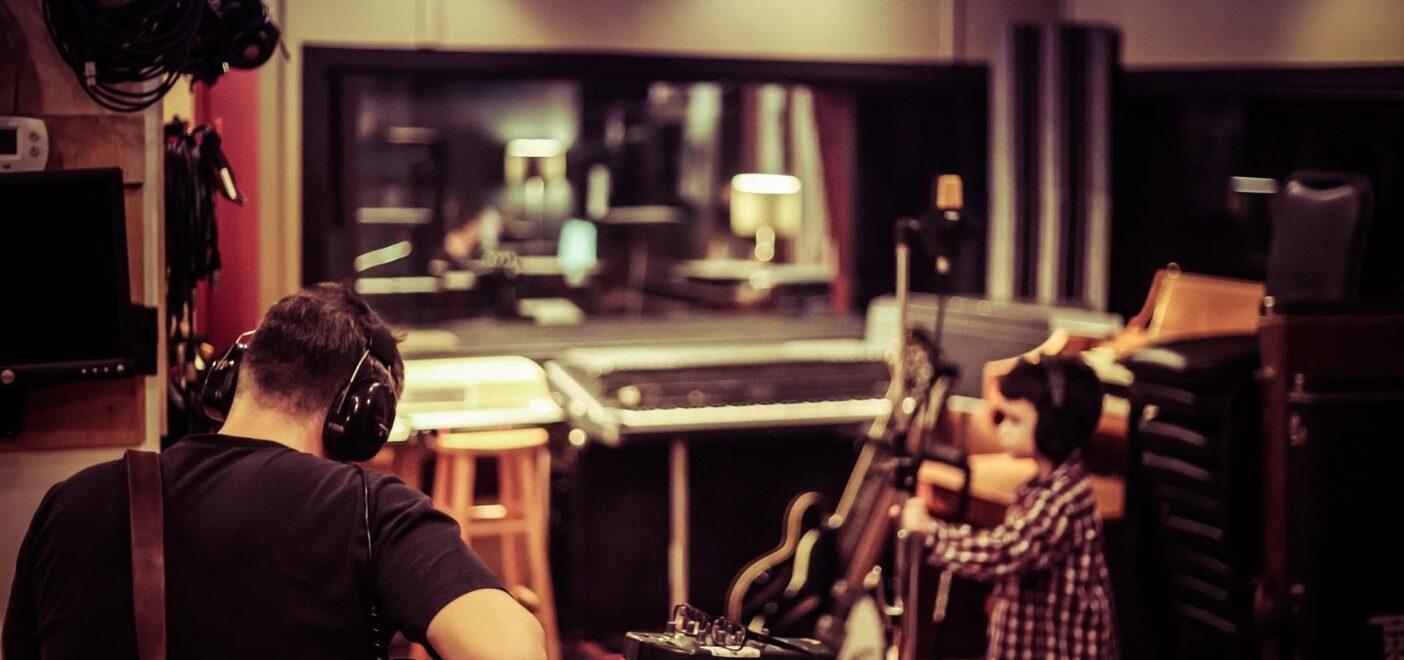There is something small that separates every single one of us when it comes to music production. Certain people like particular things, and everyone has their own way of going about them. It is, in fact, these small details that make the music world such a delight to be in. Nowhere else will you find such a variety of minds all working towards a common goal but in such unique ways. However, with all that being said, there are definitely some elements that unite us all. There will always be some tasks that must be done in certain ways and a handful of essential production techniques that absolutely everyone can utilize. Today, I’d like to provide you with six of these essential production techniques in the hope that they can make your world a little smoother and help you along with your musical goals!
Table of Contents
- Learn how to use EQ proparly
- Do Your Homework
- Learn Your DAW’s Shortcuts
- Organization
- Tuning Your Drums
- Layering for Depth and Variety
- TL;DR – Essential Production Techniques You Can All Use
Learn how to use EQ proparly
Of all the tools that you have to learn in music production, EQ is probably the most important of them all. EQ has the ability to sculpt and transform an entire mix like no other plugin type. Not only that, but in cases where the source material is of high quality, EQ can be the only thing you need to finish an entire mixdown. As such, dedicating your time to really knowing your EQ plugins (or hardware, if you’re lucky enough) inside and out is one of my essential production techniques.

A fantastic way to practice this is to have EQ Only It’s Days. It’s fairly self-explanatory. Have a go at working on a mix using only the EQs at your disposal. By all means, feel free to stock up on a few new plugins if you’re lacking in choices, but just ensure you spend the time really learning their intricacies. Having a good concept of the bell shapes of fixed-curve EQs is a huge time saver going forward. Equally, knowing how aggressive, or not as the case may be, your EQs are will allow you to quickly grab the right tools when you need them. Understanding that there is more to EQ than just the stock one your DAW comes with will be a real turning point in your music production or engineering career.
If you’re wanting to put this into practice but you’re stuck for some source material to practice with, I recommend checking out the Cambridge Music Technology site, which provides a huge pool of multitrack sessions that are free to download and practice with. They’ve got material from a wide variety of genres, so you can either practice with music you’re comfortable with or branch out and challenge yourself.
Do Your Homework
Learning to listen to music in a critical sense is something I learned at university. It’s easily one of the most valuable and essential production techniques that I picked up during my time studying. This is particularly important for those of you who are still relatively new to the music world. Grabbing your headphones and learning to identify processes and effects that are happening in well-established music is going to be key to progressing your knowledge and gaining a deeper understanding of music technology. Sometimes, this becomes a bit of a taboo subject as musicians usually strive for originality. However, it is my opinion that there is absolutely nothing wrong with learning a few skills from the great producers and engineers out there and using them in your work. There’s a reason that Pensado’s Place exists. 99% of these people want to share their knowledge and see the next generation improve upon it.

Another great technique that you can put to use is re-creating songs. This is a bulletproof technique for beginners and has never failed to provide serious improvements in my experience. As a lecturer, my tech students are tasked with creating productions in certain styles that are often alien to them. As a great way to jump-start the process, I always recommend that they find a song in that style, chuck it into their DAW, and set about re-creating its structure and key elements. This provides a strong understanding of the main elements of that genre while building a good foundation to build off of. The next time you’re struggling to move on with a song you’re working on, try pairing it up with an existing piece from a commercial release. Use it to help influence your ideas and push through your weak areas.
Learn Your DAW’s Shortcuts
I feel like this one goes without saying when it comes to essential production techniques. If you’ve not read the manual that came with your DAW, then you should! I know it’s tedious and full of stuff you potentially already know. However, it’s also full of stuff you don’t! Even I was amazed at all the things I had been missing out on when I finally got around to reading the manuals for my DAWs. Keyboard shortcuts are a huge time saver, and after all, time is money. Equally, many DAWs have their own keybinding options these days. Pro Tools gives you access to its built-in shortcut list from which you can edit and add new ones. Similarly, Reaper has its custom action center, which lets you build custom shortcuts and even fully sequenced macros. I won’t say anything more on the matter, but if you’re not using them, take the time to learn them.

Organization
Last year, I turned on the studio computer on an average working morning. It booted up, and I went to load a session I had been working on the night before. “Files not found.” I checked the driver settings, and lo and behold, my dedicated hard drive and external backup weren’t listed. I did a restart, thinking nothing of it, and after a few minutes, they still weren’t there. This is when the fear set in. Fast forward a few hours, and I had managed to get them re-registering with some firmware updates. Phew! No doubt, many of you have had this scare in the past. In general, I’m already quite an organized person, but this event kicked me into overdrive. I’ve now got two external drives that are regularly backed up and organized, as well as a cloud backup. I feel you can never be too prepared for these things. Being organized saves time you could be spending working on your skills.
I appreciate that this isn’t exactly like the other essential production techniques. However, I feel that it holds equal importance to everything else in this article. Organizing your file structures and having backups in place saves you worry and time on the job. This becomes especially crucial when you work with clientele. You can’t spend 20 minutes searching for that one kick drum sample you know you have somewhere. Set up a folder sub-system and ensure it’s fully indexed so you can search it quickly. Back this up regularly (once a month is my rule) to ensure your safety.
Tuning Your Drums
This has always been a hot topic for me. Whether you work acoustically or digitally, you often overlook tuning drums 95% of the time. We, as musicians, tend to view drums as instruments that don’t use standard notes and, therefore, don’t need to be tuned with the rest of the song. This is where knowledge sadly tends to lack.
In the real world, tuning drums remains imperative. Not only do you need to match the tone of the rest of the music in a song, but badly tuned drums will almost always sound terrible when recorded. Equally, you won’t find mixing drums that are out of tune an easy task. Tuning helps eliminate resonance and unwanted overtones while tightening the whole kit sound. You can think about tuning in the same way you think about glue compression. It’s about creating cohesion and a sense that everything belongs together. I’m sure that many experienced drummers reading this know they enjoy mixing and matching kits to create an ideal sound. I applaud this initiative. Even with a mix-and-match approach, proper tuning will bring the kit together.

So What About Digital Drums?
Drum breaks, drum kits, and 808s appear in a huge amount of contemporary popular music. We tend to think of them as being perfected and sculpted due to the digital and electronic nature of such things. However, anyone who knows a thing or two about phase relations will know that drum samples that aren’t in tune sound weak.
This kind of goes back to what I was discussing about real drum kits. Without tuning, we end up with a weak, inconsistent sound that doesn’t really sound like a single, tight drum set. Equally, because digital music has a tendency to employ layering, we have to think even more about creating a cohesive sound. If you’re layering up to two kick drums, think about what you’re aiming to achieve. Is one providing a powerful low end while the other adds some definition and presence in the mids? If so, fantastic! If, however, you’re just layering up sounds for loudness without comparing their characteristics and phase relations, you’re probably doing more harm than just having the one kick drum. Take the time to hear how sounds tie together and use phase reversal to make sure you’re getting the most from your drum kits.
Layering for Depth and Variety
Following on from talking about digital drums, let’s look into layering a little deeper. Layering can be a fantastic tool to create depth, interest, and variety in any piece of music. From bands layering up guitar lines to dance music that uses four different bass synths, layering has always been one of the best essential production techniques you can use.

The depth and sonic density can be a really tricky thing to get to grips with. Even the best melodies in the world can lack a certain oomph when they sound thin and weak. Learning to complement sounds with each other and create rich and full soundscapes is a really great skill. A lot of this comes down to a classical appreciation of the way instruments are layered. Now, I know orchestral music is unlikely to apply to most of your works, but using this way of compositional thinking can provide you with a sense of fullness. Utilize the octaves above and below your sounds to fill them out and provide power and presence. This can be as simple as layering a snare with a clap to add brightness or choosing a bass guitar to add a sub-bass synth to provide definition and clarity.
Using Variety to Create Interest
Variety is another huge part of layering. I will be the first to admit that I am not the best songwriter in the world, but this is where layering has helped me hugely (hence why it’s in my list of essential production techniques!). When I’m stuck for a way to make the melody lines really pop out in the choruses, I’ll simply add layers. This helps to provide the illusion that the song has been elevated from verse to chorus when, in reality, nothing has changed. You can try adding percussion for an added sense of brightness or space. Equally, dialing in some octave-above reverb can add an element of air and shimmer to your music.
TL;DR – Essential Production Techniques You Can All Use
Thousands of essential production techniques likely exist. Today, I will focus on the six techniques that I consider the most important, but you can find more music production tips for beginners on our blog. Learn to tune your drums, whether digital or analogue, to avoid serious issues in post-production. Work on layering techniques to increase depth and add interest to your work. Dedicate time to learning your tools, especially EQ. Spend time working on tracks where you only use EQ. This practice will help you grasp a deeper understanding of it. Listen to and critically analyse other people’s work. This process inspires new ideas and saves time when exploring a new field. Read your DAW’s manual and learn it inside and out. Finally, ensure you stay organised and make regular back-ups!
À propos de l'auteur

Tim Dunphy
Ingénieur audio et rédacteur de contenu spécialiséPlus de 10 ans d'expérience dans le domaine de l'audio. Tout, de l'enroulement de XLR au mastering d'albums. Je suis un self-made-man et je garde mes actifs en bitcoins. Qu'y a-t-il de plus à savoir ?
Laisse un commentaire
Connecte-toi pour commenter.


